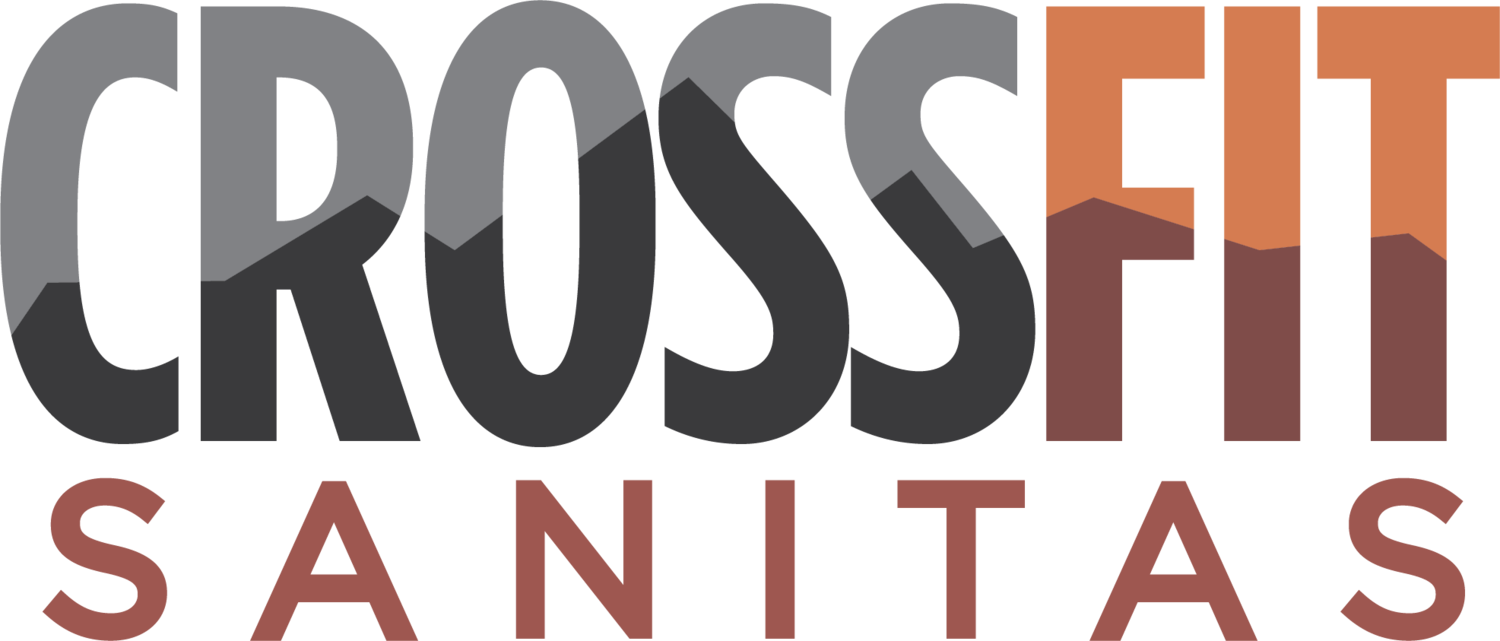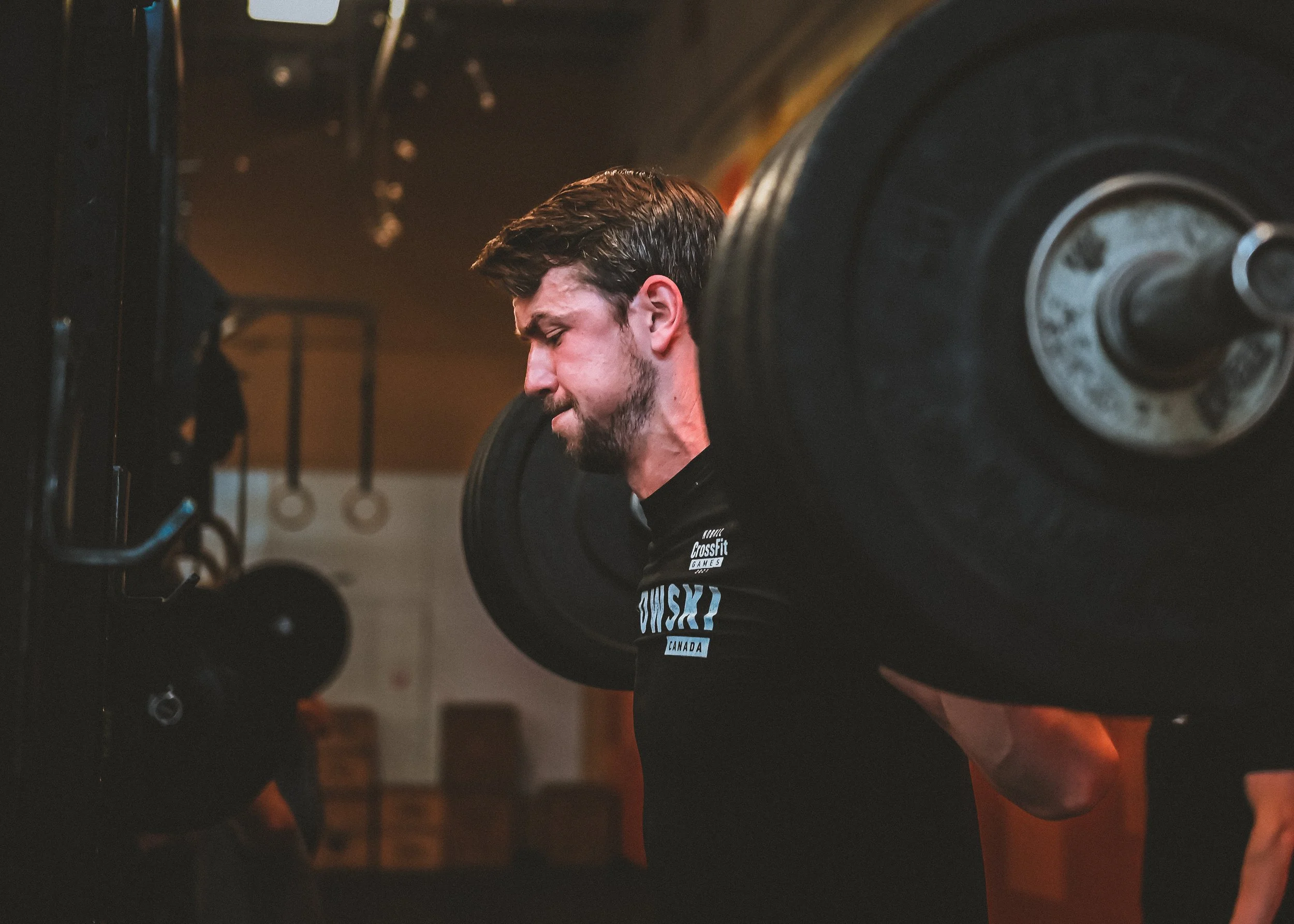How Strength Training Improves Endurance Performance
In the past, training was all about volume. Old school trainers coached that the more you ran, cycled or swam, the more endurance you'd have for each. After all, practice makes perfect, right?
While the thought process was solid - because practice does improve many performance markers - too much of one thing can be problematic. Doing lots of reps helps your brain build patterns around whatever activities you do most often, connecting with your muscles to make you more efficient in your movement. The problem is that this same neural wiring system that allows us to increase overall work capacity can work against our own system's safe guards to develop significant muscular imbalances as a result.
Muscular Imbalances
To some extent, everyone has some sort of imbalance as a result of regular activity. This is especially pronounced for endurance athletes, particularly for cyclists and even more so for cyclists with desk jobs. If you're in a near-constant state of hip flexion like most cyclists, the muscles on the back side of your hip elongate while those on the front side shorten over time. Muscle that's too loose (elongated by long stretches of being, well, stretched) can't produce enough force to help you maintain speed, and muscle that's too tight can cause hip and knee pain. These imbalances can have a domino-like effect on the way the muscles in your midline function, as well as decrease your efficiency and diminish overall ability to generate force.
By incorporating a strength training program and using targeted mobility exercises, we can encourage greater hip extension, shoring up any imbalances and placing muscles in their optimal length-tension ratio so you'll be able to apply greater force during a bike ride or run.
Strength Training and its Effect on Lactate Threshold
Stamina is the name of the game when it comes to endurance sports, and one of the most significant factors in how much stamina we have is our lactate threshold. A higher threshold means that less of your glycogen is being used for fuel, so you'll have more of it for longer, which lengthens the time you're able to sustain your pace. A lot of research has gone into figuring out how to raise this threshold, and the main takeaway is that strength training makes a big impact on your staying power without sacrificing your VO2 max. In one of the studies with competitive endurance athletes, strength training effectively doubled the amount of time they could work!
Conclusions
Correcting muscle imbalances and building overall strength capacity will help you work harder for longer, improving your endurance performance without suffering a drop in your VO2 max (and sometimes independently of it). It will also help you maintain healthier posture and happier joints throughout your athletic career.


